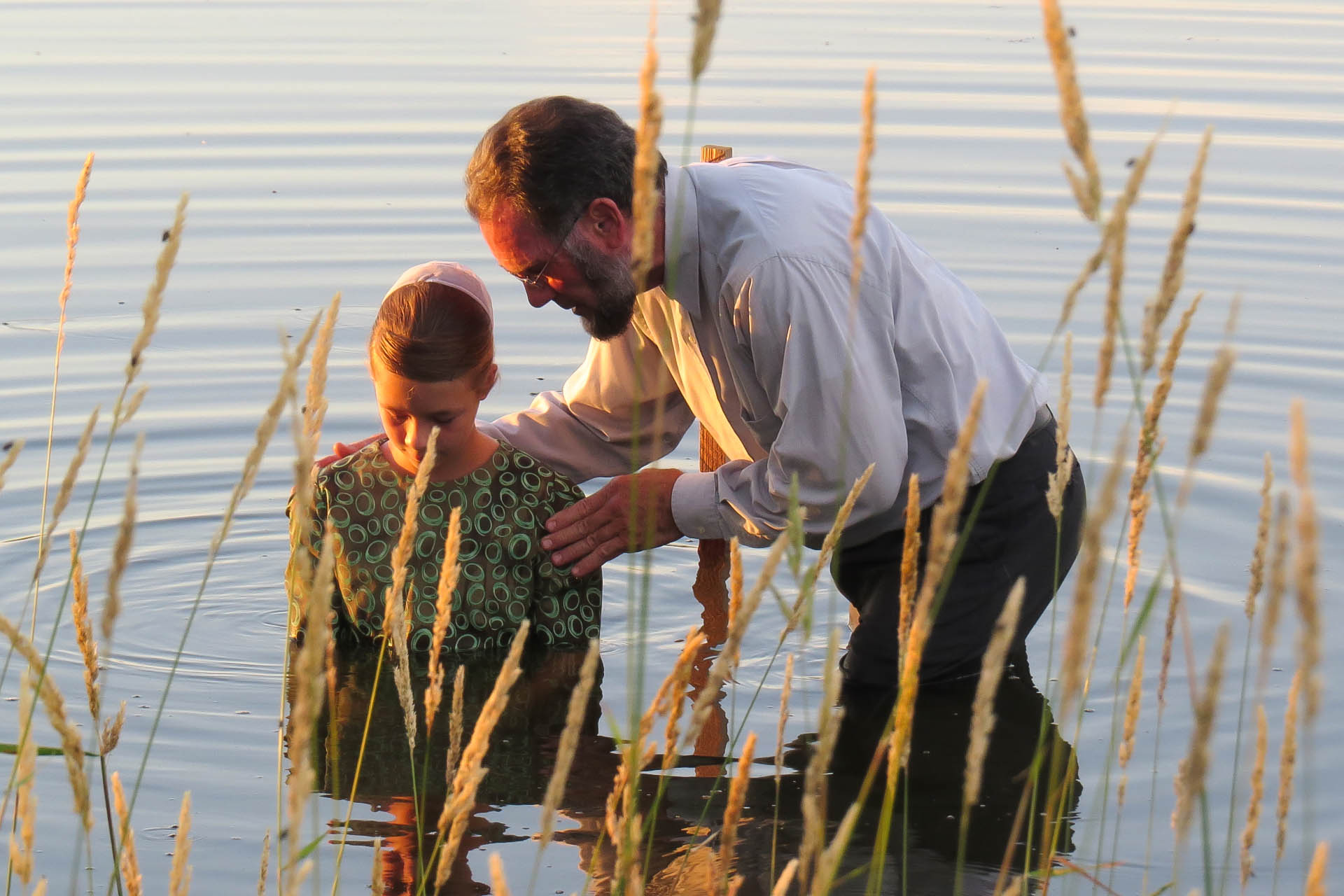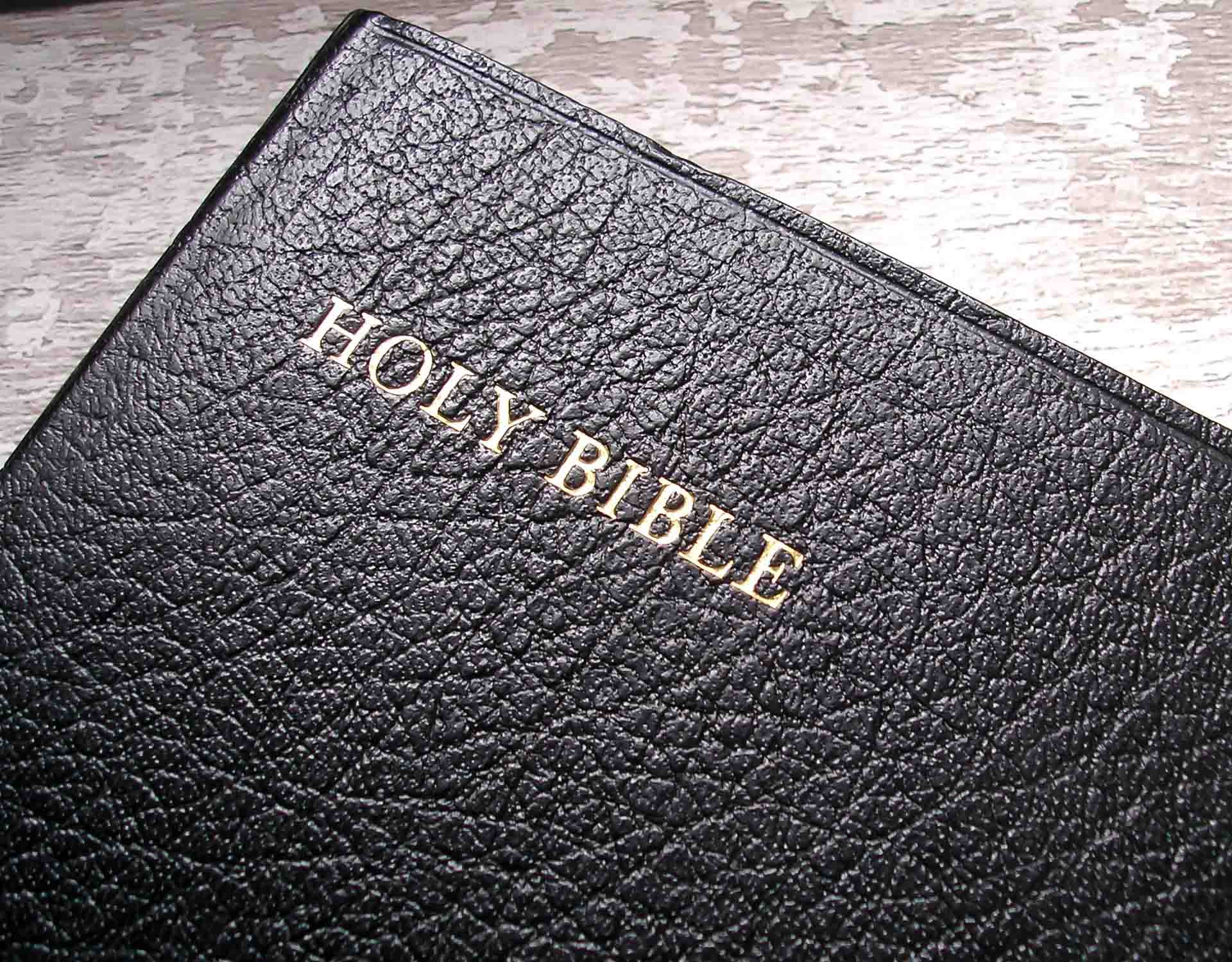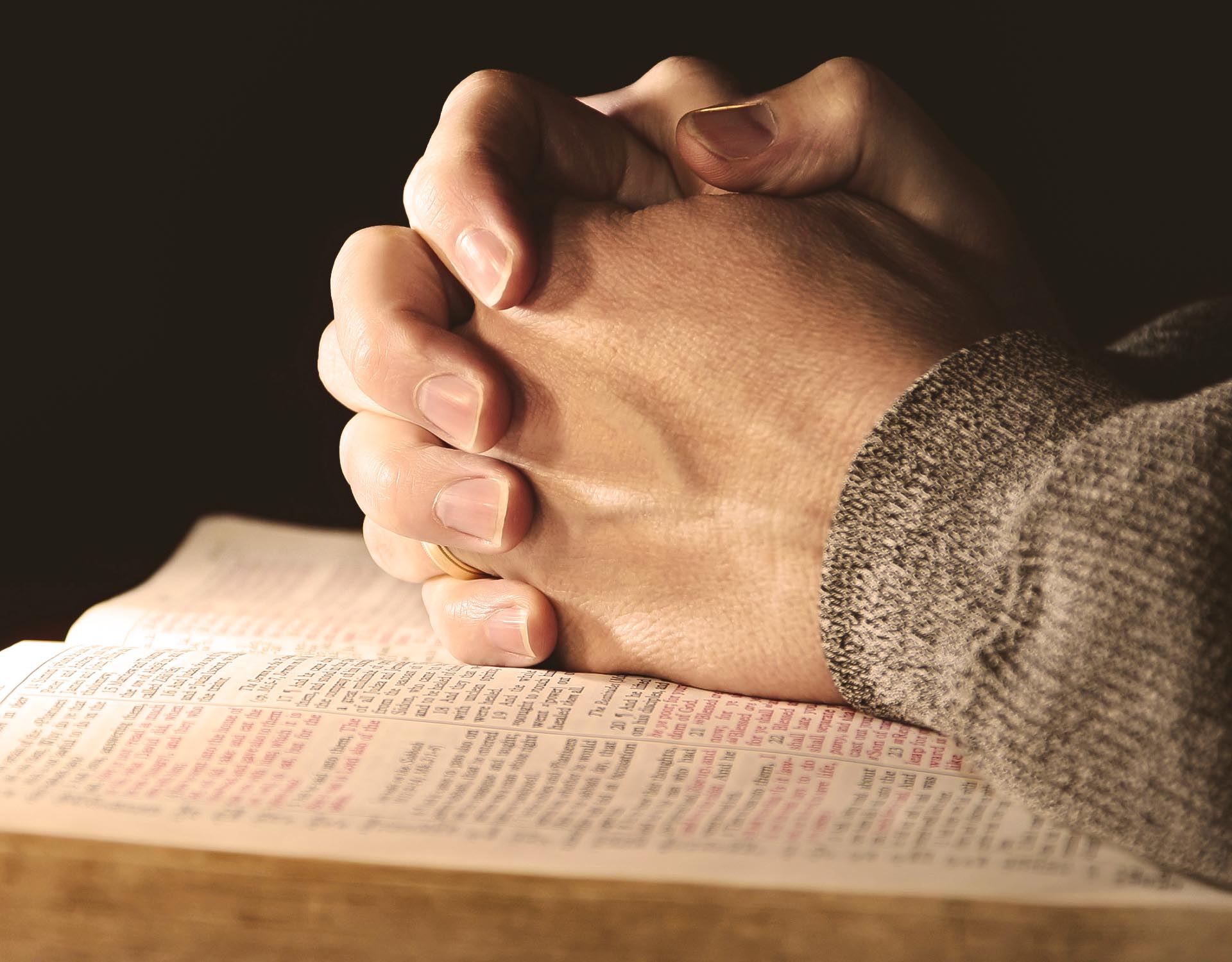


The Brethren movement began under the leadership of Alexander Mack, Sr. in 1708 in Schwarzenau, Germany as a natural outgrowth of the Anabaptist and Pietistmovements that followed the Reformation. The Dunkard Brethren were a part of this larger Brethren group until 1926 when they rallied behind the writings of B.E Kesler and a more conservative approach to the issues facing the church at the time. The term “Dunkard” is a derivative of the German word “tunker” meaning to immerse. In the decades following, the Dunkard Brethren Church has grown to comprise congregations from eastern Pennsylvania to California. We operate two cross-cultural missions, one among the Navajo Indians of New Mexico and one in Kenya, Africa.
Today, the Dunkard Brethren Church strives to be a group of disciples who are eager to know the Jesus of the Bible as revealed through the Holy Spirit. We take the commandments of Jesus literally and make every attempt to obey them. We seek to fulfill the Great Command of loving God with all of our heart, soul, mind, and strength and to love our neighbors as ourselves.
Finally, we aim to fulfill the great commission, spreading the gospel to the World. We do this through Sunday services including a Sunday school or Bible study time followed by a preaching service. We encourage a strong sense of church community that engages the local communities with the gospel message and gospel living.

To follow the Jesus Christ by preaching and teaching His Word and to share the love of Jesus and the hope found in Him with everyone.
The Dunkard Brethren are Anabaptist believers who are dedicated to studying and living out the Word of God in our personal lives. Our desire is to live a Christ-like life and to spread the Gospel of Jesus Christ in our local communities and throughout the world. We know God has called us to lead others to Christ through sharing His Word and to train disciples to follow after Christ through teaching His Word.

The dark days of the Middle Ages came to an end by the 16th century. It was then that the sunlight of spiritual renewal began to shine on Europe. Courageous men risked their lives to preach the gospel truth of justification by faith. Out of the efforts of Luther, Calvin and others the reformation churches were formed. The Roman Catholic Church reacted with much persecution. Unfortunately, the reformers sought political protection from their respective governments and became state churches. This turn of events would in time bring about a counter-reformation usually known as the Anabaptist movement.
A Blending of Pietism and Anabaptism
It was in these troubled times the Brethren movement was born. The marriage of the church and the state soon produced compromise in the reformed churches resulting in a spiritual decline. In answer to prayer, a spontaneous movement arose among the reformation churches called Pietism. The Pietists longed for a return to biblical truth in the established protestant churches, namely Lutheran and Reformed. The zealous preachers of Pietism proclaimed the New Birth and strongly urged personal holiness among believers. They were hungry for the purity and simplicity of the apostolic church.
The reformation churches of West Germany were deeply affected by this new movement. Alexander Mack, who would in time be the leader of the Brethren movement, lived in the area where the Pietist awakening was very strong. Through their ministry, Mack and his wife were soundly converted to Christ. In August of 1708, the first baptisms were administered by Mack in the Eder River near Schwarzenau, Germany. The Mack home became a meeting place for Pietists as numerous families would gather to sing the Pietist hymns, kneel for prayer and study the Bible. Many of the early Brethren found Christ as Savior through the preaching of the Pietists.
Pietism was not the only influence on the early Brethren. The Mennonites had been preaching the gospel in the area and had established churches. They suffered much persecution from the state church. The Mennonites were known to the Brethren and the Brethren read Mennonite writings. The Brethren concurred with the Mennonite stand to restore the simple faith of the early church. The Mennonites were called Anabaptists because they denied infant baptism and re-baptized their converts. For the most part the Anabaptist teachings were parallel to the teachings of the early Brethren. For this reason, church historians classify Mennonites, Brethren, and Moravians as Anabaptist churches.
Both the Pietists and the Anabaptists had a role in shaping the new Brethren church. The wise and humble leadership of the Brethren found in the New Testament a view of Christ’s Church that was broader than both Pietist and Anabaptist. The emphasis on the new birth and holiness came from the Pietist influence. The strong determination to obey all Christ’s commands reflected to some degree their connections with the Anabaptists.
The Pietists tended to mysticism and at times fanaticism, but these elements did not invade the Brethren. With the New Testament as their creed, they arrived at a sound biblical view of the church and faithfully sought to replicate the life of the early church. They accepted the authority of scripture and embraced the basic Christian doctrines: the trinity, the deity, the incarnation, sinless life, death and resurrection of Jesus Christ, the hope of His Second Coming, the lostness of man and salvation through the atonement of Christ’s blood.
Immigration to America
For two decades, the new Brethren church grew in spite of persecution. Hundreds were saved and the work touched Germany, Switzerland and Holland. But eventually the Brethren people were devastated economically as a result of persecution. In 1719, under Peter Becker's leadership, twenty families immigrated to the United States and settled in Germantown, Pennsylvania. The following year, Alexander Mack and two hundred others also left Germany and settled in the Netherlands. By 1729, conditions in the Netherlands had eroded. Receiving positive correspondence from the Brethren in America, Mack and 120 other Brethren joined Peter Becker and the rest of the Brethren families in Pennsylvania.
In 1836, the name Fraternity of German Baptists was adopted. This name lasted until 1871 when it was changed to German Baptist Brethren. By the end of the 19th century, churches had been planted from coast to coast and membership was approximately 80,000. In 1908, the name was changed again to the Church of the Brethren. Meanwhile, innovation and conformity to mainline Protestant churches began a slow drift away from the biblical distinctives that originally gave birth to the Brethren movement nearly 200 years prior.
Formation of the Dunkard Brethren Church
By the early 1920s, dissatisfaction over eroding church standards led to B.E. Kesler of Missouri to found The Bible Monitor publication to counteract this deviation. In 1923, Kesler was refused a seat at the Annual Conference because of his writings, so for the next three years sympathizers gathered for their own meetings. In 1926, tensions reached a high as a query from the Pennsylvania area came to the Annual Conference with concerns nearly identical to those of Kesler and his sympathizers. Believing that a large denominational split was imminent, Otho Winger carefully formulated an alternative answer to the query, later recounting, "I tried to cover the points in the paper, restating the principles of the church in them, but leaving out the teeth and the reactionary part." Passage of this substitute answer placated many conservatives, but was not sufficient for the Monitor group, so they withdrew from the Church of the Brethren and organized the Dunkard Brethren Church.
Today's Dunkard Brethren Church
The term "Dunkard" is a derivative of the German word "tunker" meaning to immerse. The Brethren, according to Matthew 28:19, baptize by immersing the candidate three times in water, in the name of the Father, and then in the name of the Son, and finally in the name of the Holy Ghost. The term “Brethren” comes from the words of Jesus in Matthew 23:18 where He said, “…for one is your Master, even Christ, and all ye are brethren.”
The Dunkard Brethren Church is comprised of congregations organized in four districts extending from Eastern Pennsylvania to California. Cross-cultural missions are carried on among the Navajo Indians in New Mexico. The mission in Kenya, East Africa is the major overseas mission work of the Dunkard Brethren Church. Dunkard Brethren missionaries also work in Haiti, Dominican Republic, Nepal and other countries through a network of Anabaptist mission endeavors.
In the modern scene, Dunkard Brethren Churches offer the opportunity to worship the Lord Jesus in simplicity and conformity to biblical truth. The Brethren take separation from the world seriously. They have a sense of community and regard for fellow believers that promotes true brotherhood. Sound Bible-based preaching and teaching help the congregations grow in the grace and knowledge of the Lord Jesus Christ. The Brethren believe people need the gospel and they also often need physical and material help to deal with their problems. Supplying such needs in Christ’s name is doing church His way.

Learn more about the doctrines and beliefs of the Dunkard Brethren Church and the Scriptures that support those beliefs.

Do you have questions about what it means to be a Christian?
It's more than being a good person or even joining a church. Salvation is repentance toward God and faith in Jesus Christ.

Learn more about the doctrines and beliefs of the Dunkard Brethren Church and the Scriptures that support those beliefs.

Do you have questions about what it means to be a Christian?
It's more than being a good person or even joining a church. Salvation is repentance toward God and faith in Jesus Christ.